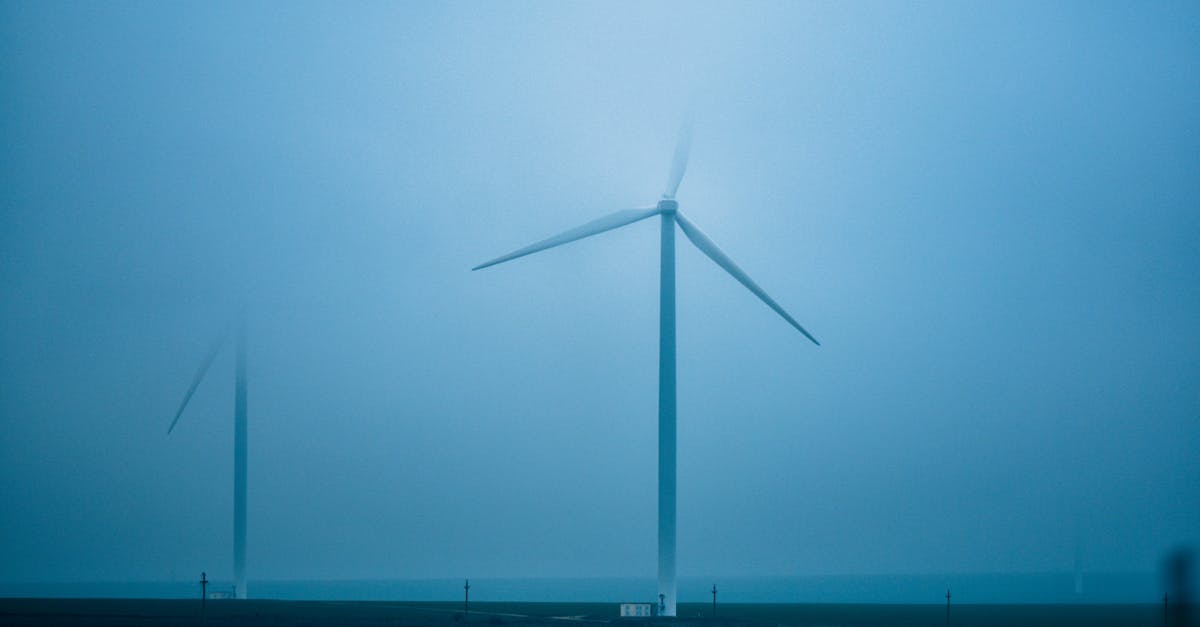The Hidden Costs and Limitations of Atmospheric Water Generators: A Reality Check

The Dry Spell: Unveiling the Downsides of Atmospheric Water Generators
In an era of rising water scarcity, atmospheric water generators (AWGs) have emerged as promising solutions. These devices harness the moisture in the air to create pure drinking water. However, before investing in an AWG, it’s crucial to be aware of its potential drawbacks. Join us as we explore the hidden costs, limited production, energy demands, and maintenance hassles associated with these technological water sources. Armed with this knowledge, you can make an informed decision about whether an AWG is the right fit for your needs.
Thank you for reading this post, don't forget to subscribe!
A haze of humidity surrounds us, invisible water vapor waiting to be tapped. Atmospheric water generators (AWGs) step into this watery realm, promising to transform this vapor into pure, refreshing drinking water. While AWGs hold the allure of limitless water from the very air we breathe, it’s essential to recognize their constraints to avoid disappointment and financial strain.
1. High Cost
High Cost: The Pricey Promise of Atmospheric Water Generators
The allure of AWGs comes with a hefty price tag. These machines can put a significant dent in your wallet, especially larger units with higher water production capacities. Even small AWGs, designed for personal use, can cost several thousand dollars. This upfront investment is a major consideration, and it’s crucial to weigh the costs against your water needs and budget.
Beyond the initial purchase price, AWGs also incur ongoing operating expenses. These devices consume electricity to extract water from the air, and their energy consumption varies depending on the size and efficiency of the unit. While some AWGs may have energy-saving features, they still add to your monthly electricity bill. Additionally, AWGs require regular maintenance, such as filter replacements and cleaning, which can further increase your expenses.
Given the high cost of AWGs, it’s essential to carefully consider your water needs and budget before investing in one of these devices. If your water requirements are modest and you have the financial means, an AWG can be a convenient source of pure water. However, if cost is a primary concern, you may want to explore alternative water sources.
2. Low Water Production
Low Water Production: The Limited Output of AWGs
While AWGs offer the promise of pure water from the air, it’s essential to be realistic about their water production capabilities. These devices cannot generate an unlimited supply of water, and their output is heavily influenced by factors such as the size and capacity of the unit, as well as the humidity of the air.
Even large AWGs, designed for commercial or industrial use, typically produce only a few gallons of water per day. This may be sufficient for small-scale applications or as a supplemental water source, but it’s important to note that AWGs cannot replace traditional water sources, such as municipal water systems or wells, for large-scale water needs.
The humidity of the air also plays a significant role in water production. AWGs perform best in humid environments, where there is ample moisture in the air to extract. In arid or dry climates, AWGs may struggle to produce even small amounts of water, making them less reliable as a primary water source in such regions.
3. Energy Consumption
Energy Consumption: The Power Hungry Nature of AWGs
While AWGs offer the allure of pure water from the air, it’s crucial to recognize their significant energy consumption. These devices require electricity to extract water from the air, and their power usage varies depending on the size and capacity of the unit. Even small AWGs, designed for personal use, can consume several hundred watts of power, comparable to a small air conditioner.
Larger AWGs, designed for commercial or industrial applications, have even higher energy demands, consuming several kilowatts of power. This high energy consumption can translate into increased electricity bills, especially if the AWG is used for extended periods or to generate large amounts of water.
When considering an AWG, it’s essential to factor in the ongoing energy costs. If you have access to renewable energy sources, such as solar or wind power, an AWG could be a more sustainable option. However, if you rely on traditional electricity sources, the energy consumption of an AWG may be a significant drawback.
4. Maintenance
Maintenance: The Ongoing Care of AWGs
Like any mechanical device, AWGs require regular maintenance to keep them operating efficiently and producing clean water. The specific maintenance tasks will vary depending on the type and size of the AWG, but all AWGs will require some level of care to ensure their longevity.
A common maintenance task for AWGs is cleaning. Dust, dirt, and other particles can accumulate on the unit’s components, including the air intake, filters, and water reservoir. Regular cleaning helps prevent blockages and ensures the AWG can continue to extract water from the air effectively.
Another important maintenance task is filter replacement. AWGs use filters to remove impurities from the water, and these filters need to be replaced periodically to maintain the quality of the water. The frequency of filter replacement will vary depending on the AWG model and the quality of the air in your environment.
Are AWGs suitable for all climates?
The performance of AWGs can be affected by climate conditions. AWGs work best in humid environments, where there is ample moisture in the air for them to extract. In arid or dry climates, AWGs may struggle to produce significant amounts of water.
Can AWGs completely replace traditional water sources?
AWGs cannot completely replace traditional water sources, such as municipal water systems or wells, for large-scale water needs. AWGs are best suited as supplemental water sources or for small-scale applications.
How often should I clean and maintain my AWG?
The frequency of cleaning and maintenance for AWGs will vary depending on the type of AWG and the quality of the air in your environment. It is generally recommended to clean your AWG regularly to prevent dust and dirt buildup, and to replace filters periodically to ensure optimal performance and water quality.
Are there any safety concerns associated with using AWGs?
AWGs are generally safe to use as long as they are operated and maintained according to the manufacturer’s instructions. It is important to ensure that the AWG is placed in a well-ventilated area to avoid any potential buildup of moisture or mold.
Can AWGs be used to produce drinking water?
Yes, AWGs can be used to produce drinking water. The water produced by AWGs undergoes a multi-stage purification process to remove impurities and contaminants, resulting in clean and safe drinking water.




